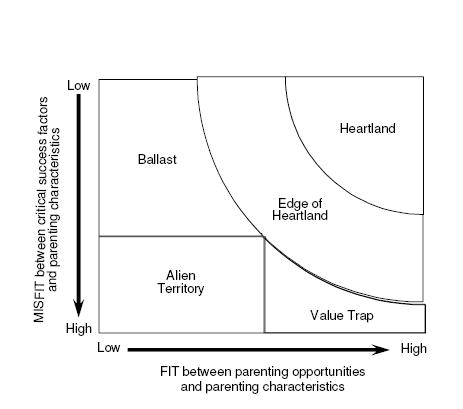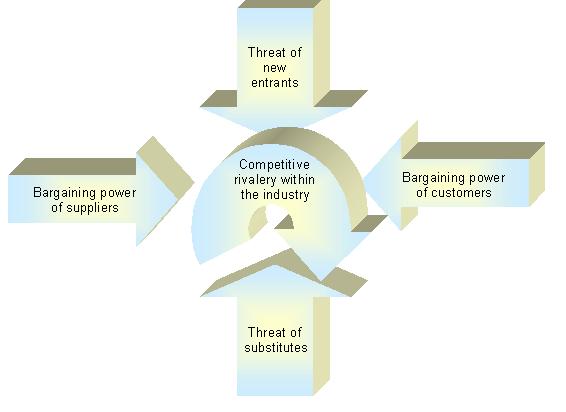GE/McKinsey Matrix is the business portfolio framework developed by General Electric with the help of McKinsey and Company, an American global management consulting firm. GE Business Screen includes nine cells based on long-term industry attractiveness and business strength/competitive position.
Factors that Affect Market Attractiveness:
There are several factors which can help determine attractiveness. These are listed below:
- Market Size
- Market growth
- Market profitability
- Pricing trends
- Competitive intensity / rivalry
- Overall risk of returns in the industry
- Opportunity to differentiate products and services
- Segmentation
- Distribution structure (e.g. retail, direct, wholesale)
Factors that Affect Competitive Strength:
There are several factors which can help determine the business unit strength.… Read the rest




